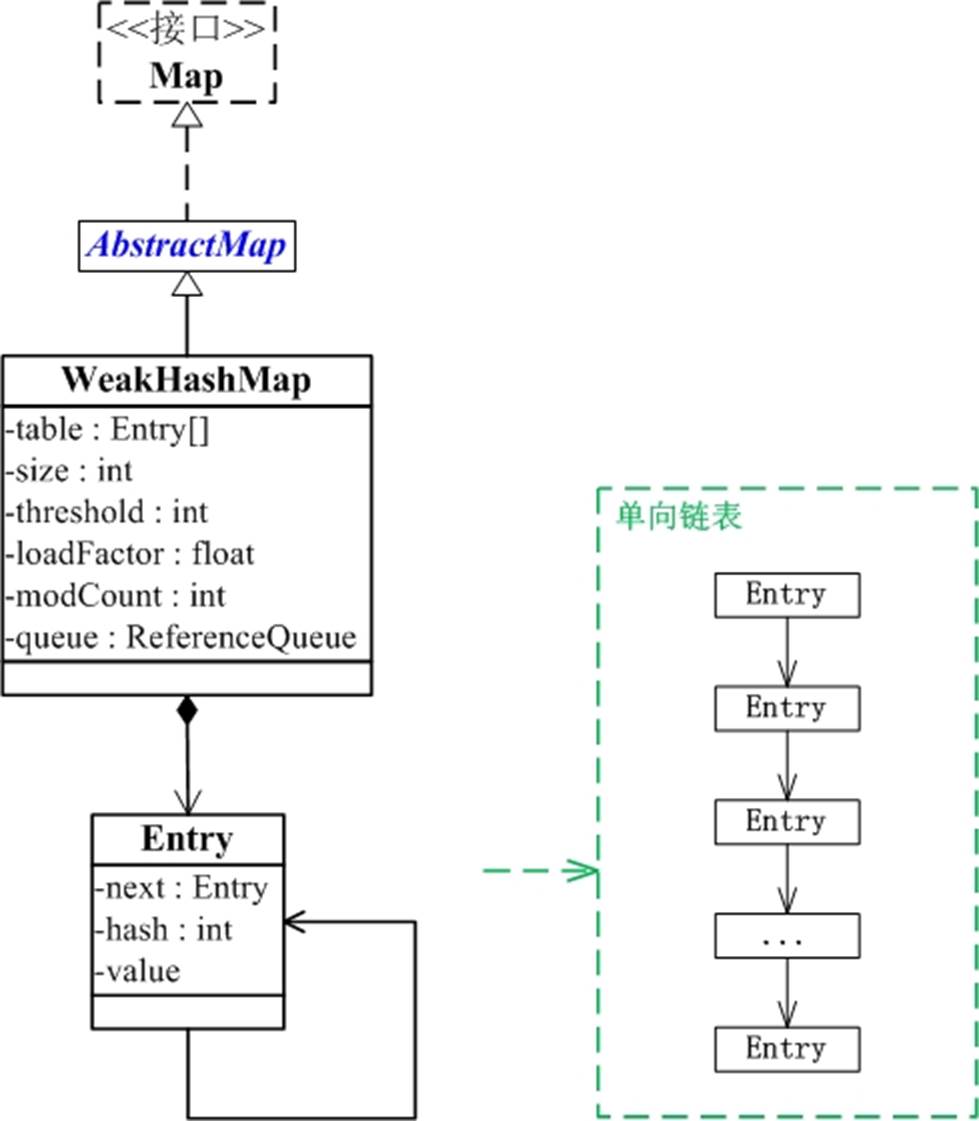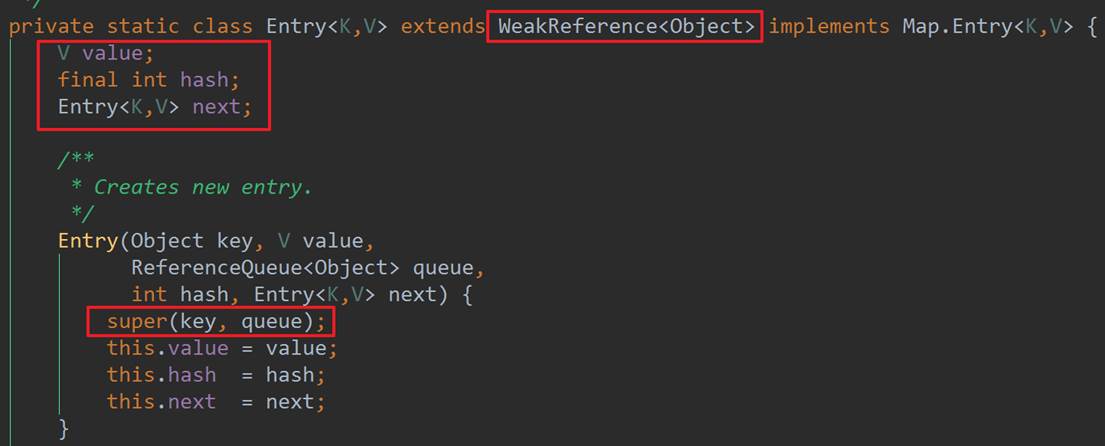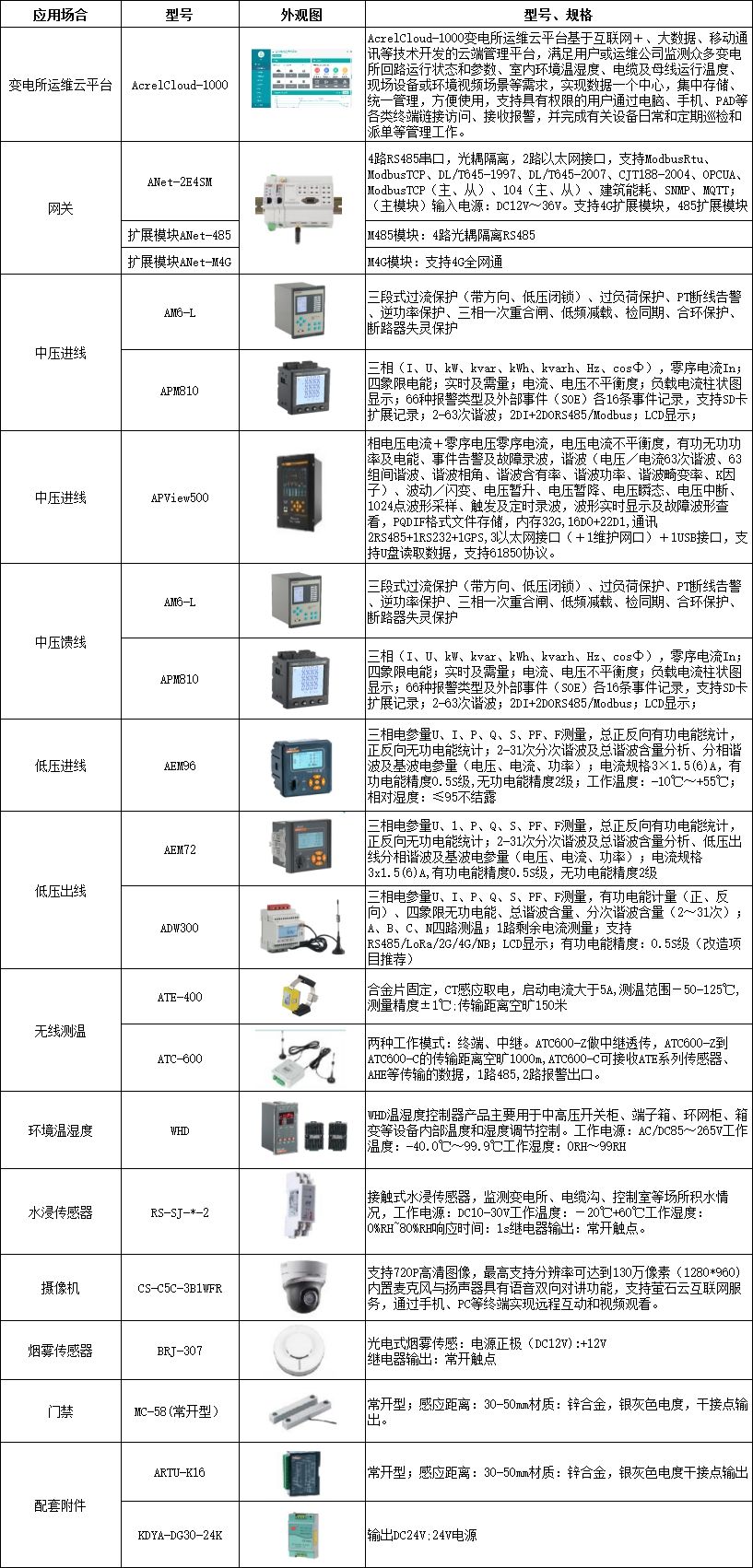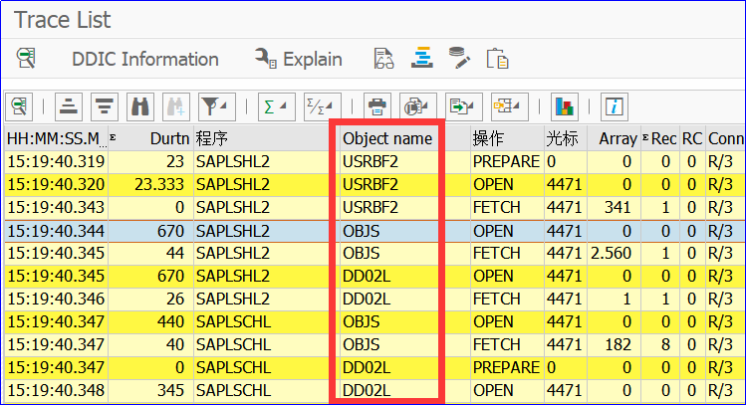写在前面
在缓存场景下,由于内存是有限的,不能缓存所有对象,因此就需要一定的删除机制,淘汰掉一些对象。这个时候可能很快就想到了各种Cache数据过期策略,目前也有一些优秀的包提供了功能丰富的Cache,比如Google的Guava Cache,它支持数据定期过期、LRU、LFU等策略,但它仍然有可能会导致有用的数据被淘汰,没用的数据迟迟不淘汰(如果策略使用得当的情况下这都是小概率事件)。
现在有种机制,可以让Cache里不用的key数据自动清理掉,用的还留着,不会出现误删除。而WeakHashMap 就适用于这种缓存的场景,因为它有自清理机制!
如果让你手动实现一种自清理的HashMap,可以怎么做?首先肯定是想办法先知道某个Key肯定没有在用了,然后清理掉HashMap中没有在用的对应的K-V。在JVM里一个对象没用了是指没有任何其他有用对象直接或者间接执行它,具体点就是在GC过程中它是GCRoots不可达的。而某个弱引用对象所指向的对象如果被判定为垃圾对象,Jvm会将该弱引用对象放到一个ReferenceQueue里,只需要看下这个Queue里的内容就知道某个对象还有没有用了。
WeakHashMap概述
从WeakHashMap名字也可以知道,这是一个弱引用的Map,当进行GC回收时,弱引用指向的对象会被GC回收。
WeakHashMap正是由于使用的是弱引用,因此它的对象可能被随时回收。更直观的说,当使用 WeakHashMap 时,即使没有显示的添加或删除任何元素,也可能发生如下情况:
-
调用两次size()方法返回不同的值;
-
两次调用isEmpty()方法,第一次返回false,第二次返回true;
-
两次调用containsKey()方法,第一次返回true,第二次返回false,尽管两次使用的是同一个key;
-
两次调用get()方法,第一次返回一个value,第二次返回null,尽管两次使用的是同一个对象。

从上图可以看出:
-
WeakHashMap继承于AbstractMap,并且实现了Map接口。
-
WeakHashMap是哈希表,但是它的键是"弱键"。WeakHashMap中保护几个重要的成员变量:table, size, threshold, loadFactor, modCount, queue。
-
table是一个Entry[]数组类型,而Entry实际上就是一个单向链表。哈希表的"key-value键值对"都是存储在Entry数组中的。
-
size是Hashtable的大小,它是Hashtable保存的键值对的数量。
-
threshold是Hashtable的阈值,用于判断是否需要调整Hashtable的容量。threshold的值=“容量*加载因子”。
-
loadFactor就是加载因子。
-
modCount是用来实现fail-fast机制的
-
queue保存的是“已被GC清除”的“弱引用的键”。
-
基本用法
WeakHashMap < String, String > weakHashMap = new WeakHashMap < > (10);String key0 = new String("str1");
String key1 = new String("str2");
String key2 = new String("str3");// 存放元素
weakHashMap.put(key0, "data1");
weakHashMap.put(key1, "data2");
weakHashMap.put(key2, "data3");
System.out.printf("weakHashMap: %s\n", weakHashMap);// 是否包含某key
System.out.printf("contains key str1 : %s\n", weakHashMap.containsKey(key0));
System.out.printf("contains key str2 : %s\n", weakHashMap.containsKey(key1));// 移除key
weakHashMap.remove(key0);
System.out.printf("weakHashMap after remove: %s\n", weakHashMap);// 这意味着"弱键"key1再没有被其它对象引用,调用gc时会回收WeakHashMap中与key1对应的键值对
key1 = null;
// 内存回收,这里会回收WeakHashMap中与"key0"对应的键值对
System.gc();try {Thread.sleep(100);
} catch (InterruptedException e) {e.printStackTrace();
}// 遍历WeakHashMap
for (Map.Entry < String, String > m: weakHashMap.entrySet()) {System.out.printf("next : %s >>> %s\n", m.getKey(), m.getValue());
}
// 打印WeakHashMap的实际大小
System.out.printf("after gc WeakHashMap size: %s\n", weakHashMap.size());
底层源码
构造器
// 默认构造函数。
WeakHashMap()// 指定“容量大小”的构造函数
WeakHashMap(int capacity)// 指定“容量大小”和“加载因子”的构造函数
WeakHashMap(int capacity, float loadFactor)// 包含“子Map”的构造函数
WeakHashMap(Map<? extends K, ? extends V> map)
从WeakHashMap的继承关系上来看,可知其继承AbstractMap,实现了Map接口。其底层数据结构是Entry数组,Entry的数据结构如下:

从源码上可知,Entry的内部并没有存储key的值,而是通过调用父类的构造方法,传入key和ReferenceQueue(这里与ThreadLocal类似),最终key和queue会关联到Reference中,这里是GC时,清除key的关键,这里大致看下Reference的源码:
private static class ReferenceHandler extends Thread {private static void ensureClassInitialized(Class <? > clazz) {try {Class.forName(clazz.getName(), true, clazz.getClassLoader());} catch (ClassNotFoundException e) {throw (Error) new NoClassDefFoundError(e.getMessage()).initCause(e);}}static {// pre-load and initialize InterruptedException and Cleaner classes// so that we don't get into trouble later in the run loop if there's// memory shortage while loading/initializing them lazily.ensureClassInitialized(InterruptedException.class);ensureClassInitialized(Cleaner.class);}ReferenceHandler(ThreadGroup g, String name) {super(g, name);}public void run() {// 注意这里为一个死循环while (true) {tryHandlePending(true);}}
}static boolean tryHandlePending(boolean waitForNotify) {Reference < Object > r;Cleaner c;try {synchronized(lock) {if (pending != null) {r = pending;// 'instanceof' might throw OutOfMemoryError sometimes// so do this before un-linking 'r' from the 'pending' chain...c = r instanceof Cleaner ? (Cleaner) r : null;// unlink 'r' from 'pending' chainpending = r.discovered;r.discovered = null;} else {// The waiting on the lock may cause an OutOfMemoryError// because it may try to allocate exception objects.if (waitForNotify) {lock.wait();}// retry if waitedreturn waitForNotify;}}} catch (OutOfMemoryError x) {// Give other threads CPU time so they hopefully drop some live references// and GC reclaims some space.// Also prevent CPU intensive spinning in case 'r instanceof Cleaner' above// persistently throws OOME for some time...Thread.yield();// retryreturn true;} catch (InterruptedException x) {// retryreturn true;}// Fast path for cleanersif (c != null) {c.clean();return true;}// 加入对列ReferenceQueue <? super Object > q = r.queue;if (q != ReferenceQueue.NULL) q.enqueue(r);return true;
}static {ThreadGroup tg = Thread.currentThread().getThreadGroup();for (ThreadGroup tgn = tg; tgn != null; tg = tgn, tgn = tg.getParent());// 创建handlerThread handler = new ReferenceHandler(tg, "Reference Handler");/* If there were a special system-only priority greater than* MAX_PRIORITY, it would be used here*/// 线程优先级最大 handler.setPriority(Thread.MAX_PRIORITY);// 设置为守护线程handler.setDaemon(true);handler.start();// provide access in SharedSecretsSharedSecrets.setJavaLangRefAccess(new JavaLangRefAccess() {@Overridepublic boolean tryHandlePendingReference() {return tryHandlePending(false);}});
}
put()
public V put(K key, V value) {// 确定key值,允许key为nullObject k = maskNull(key);// 获取器hash值int h = hash(k);// 获取tabEntry <K, V> [] tab = getTable();// 确定在tab中的位置 简单的&操作int i = indexFor(h, tab.length);// 遍历,是否要进行覆盖操作 for (Entry <K, V> e = tab[i]; e != null; e = e.next) {if (h == e.hash && eq(k, e.get())) {//已经存在,则覆盖旧值V oldValue = e.value;if (value != oldValue)e.value = value;return oldValue;}}//不是旧值,就新建Entry// 修改次数自增modCount++;// 取出i上的元素Entry <K, V> e = tab[i];// 构建链表,新元素在链表头tab[i] = new Entry <> (k, value, queue, h, e);// 检查是否需要扩容if (++size >= threshold)resize(tab.length * 2);return null;
}
WeakHashMap的put操作与HashMap相似,都会进行覆盖操作(相同key),但是注意插入新节点是放在链表头;注意这里和HashMap不太一样的地方,HashMap会在链表太长的时候会将链表转换为红黑树,防止极端情况下hashcode冲突导致的性能问题,但在WeakHashMap中没有树化。
上述代码中还要一个关键的函数getTable
resize操作
WeakHashMap的扩容操作:在size大于阈值的时候,WeakHashMap也对做resize的操作,也就是把tab扩大一倍。WeakHashMap中的resize比HashMap中的resize要简单好懂些,但没HashMap中的resize优雅。
WeakHashMap中resize有另外一个额外的操作,就是expungeStaleEntries(),因为key可能被GC掉,所以在扩容时也需要考虑这种情况
void resize(int newCapacity) {Entry<K,V>[] oldTable = getTable();// 原数组长度int oldCapacity = oldTable.length;if (oldCapacity == MAXIMUM_CAPACITY) {threshold = Integer.MAX_VALUE;return;}// 创建新的数组 Entry<K,V>[] newTable = newTable(newCapacity);// 数据转移transfer(oldTable, newTable);table = newTable;/** If ignoring null elements and processing ref queue caused massive* shrinkage, then restore old table. This should be rare, but avoids* unbounded expansion of garbage-filled tables.*/// 确定扩容阈值 if (size >= threshold / 2) {threshold = (int)(newCapacity * loadFactor);} else {// 清除被GC的valueexpungeStaleEntries();// 数组转移transfer(newTable, oldTable);table = oldTable;}}private void transfer(Entry<K,V>[] src, Entry<K,V>[] dest) {// 遍历原数组for (int j = 0; j < src.length; ++j) {// 取出元素Entry<K,V> e = src[j];src[j] = null;// 链式找元素while (e != null) {Entry<K,V> next = e.next;Object key = e.get();// key被回收的情况if (key == null) {e.next = null; // Help GCe.value = null; // " "size--;} else {// 确定在新数组的位置int i = indexFor(e.hash, dest.length);// 插入元素 注意这里为头插法,会倒序e.next = dest[i];dest[i] = e;}e = next;}}}
过期元素(弱引用)清除
该函数的主要作用就是清除Entry的value,该Entry是在GC清除key的过程中入队的。
private void expungeStaleEntries() {// 从队列中取出被GC的Entryfor (Object x; (x = queue.poll()) != null;) {synchronized(queue) {@SuppressWarnings("unchecked")Entry <K, V> e = (Entry <K, V> ) x;// 确定元素在队列中的位置int i = indexFor(e.hash, table.length);// 取出数组中的第一个元素 prev Entry <K, V> prev = table[i];Entry <K, V> p = prev;// 循环while (p != null) {Entry <K, V> next = p.next;// 找到if (p == e) {// 判断是否是链表头元素 第一次时if (prev == e)// 将next直接挂在i位置table[i] = next;else// 进行截断 prev.next = next;// Must not null out e.next;// stale entries may be in use by a HashIteratore.value = null; // Help GCsize--;break;}// 更新prev和pprev = p;p = next;}}}}
当某个key失去所有强应用之后,其key对应的WeakReference对象会被放到queue里,有了queue就知道需要清理哪些Entry了。这里也是整个WeakHashMap里唯一加了同步的地方。
除了上文说的到resize中调用了expungeStaleEntries(),size()、getTable()中也调用了这个清理方法,这就意味着几乎所有其他方法都间接调用了清理。
总结
- WeakHashMap非同步,默认容量为16,扩容因子默认为0.75,底层数据结构为Entry数组**(数组+链表)**。
- WeakHashMap中的弱引用key会在下一次GC被清除,注意只会清除key,value会在每次调用expungeStaleEntries()的操作中清除。
- 注意:使用WeakHashMap做缓存时,如果只有它的key只有WeakHashMap本身在用,而在WeakHashMap之外没有对该key的强引用,那么GC时会回收这个key对应的entry。所以WeakHashMap不能用做主缓存,合适的用法应该是用它做二级的内存缓存,即过期缓存数据或者低频缓存数据
缺点
-
非线程安全:关键修改方法没有提供任何同步,多线程环境下肯定会导致数据不一致的情况,所以使用时需要多注意。
-
单纯作为Map没有HashMap好:HashMap在Jdk8做了好多优化,比如单链表在过长时会转化为红黑树,降低极端情况下的操作复杂度。但WeakHashMap没有相应的优化,有点像jdk8之前的HashMap版本。
-
不能自定义ReferenceQueue:WeakHashMap构造方法中没法指定自定的ReferenceQueue,如果用户想用ReferenceQueue做一些额外的清理工作的话就行不通了。如果即想用WeakHashMap的功能,也想用ReferenceQueue,就得自己实现一套新的WeakHashMap了。
使用场景
-
Tomcat的源码里,实现缓存时会用到WeakHashMap
-
阿里Arthas:阿里开源的Java诊断工具中使用了WeakHashMap做类-字节码的缓存。
// 类-字节码缓存
private final static Map<Class<?>/*Class*/, byte[]/*bytes of Class*/> classBytesCache= new WeakHashMap<Class<?>, byte[]>();
关于作者
来自一线程序员Seven的探索与实践,持续学习迭代中~
本文已收录于我的个人博客:https://www.seven97.top
公众号:seven97,欢迎关注~






![[数据集][目标检测]疟疾恶性疟原虫物种目标检测数据集VOC+YOLO格式948张1类别](https://i-blog.csdnimg.cn/direct/2b1dda36bbd34906a4e316e668a29d34.png)








![[数据集][目标检测]岩石种类检测数据集VOC+YOLO格式4766张9类别](https://i-blog.csdnimg.cn/direct/ad120a1001aa4d2c83104334cad31268.png)


